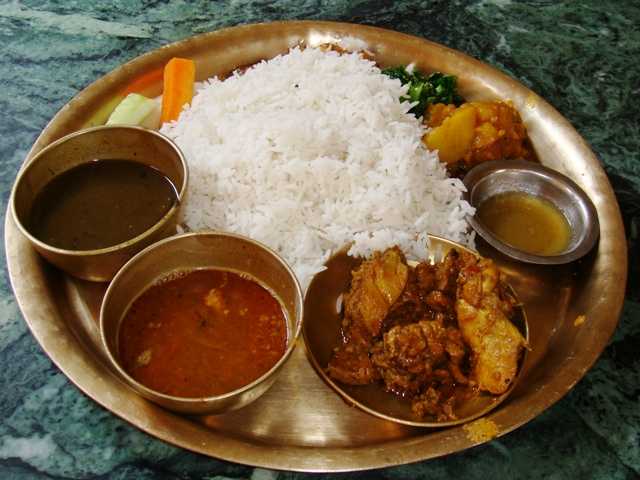Introduction: Nepalese cuisine
Nepalese cuisine is a reflection of the country’s diverse landscape, culture, and ethnicity. It is a fusion of Indian and Tibetan food with its unique taste and fragrance. Nepalese food is known for its spices, herbs, and use of fermented foods. The cuisine is famous for its varieties of meat, rice, lentils, and vegetables.
History of fermentation in Nepalese cuisine
Fermentation has been an essential part of Nepalese cuisine for centuries. The practice of fermenting food has been passed down from generation to generation. In ancient times, people used fermentation to preserve food for longer periods. This process was necessary during the harsh winter months when food was scarce. The Nepalese have a rich history of fermenting vegetables, fruits, dairy, and meat products.
Traditional fermented foods in Nepalese cuisine
Nepalese cuisine has many traditional fermented foods that are an integral part of their diet. One of the most popular fermented foods is Gundruk, which is made from leafy vegetables, and Dhido, which is prepared by fermenting maize. The most popular fermented dairy product is Dahi, a type of yogurt that is used in many Nepalese dishes. Another popular fermented food is Chhurpi, which is made by souring yak’s milk and is used as a snack or a side dish.
Health benefits of fermented foods
Fermented foods are rich in probiotics, which are beneficial bacteria that promote gut health. These bacteria aid in digestion, improve immunity, and help prevent gastrointestinal infections. Fermented foods are also rich in vitamins, minerals, and antioxidants, making them a healthy addition to any diet.
Recipe for a traditional Nepalese fermented dish
Gundruk is a traditional Nepalese fermented dish that is easy to make at home. First, cut leafy vegetables into small pieces and mix them with water and salt. Leave the mixture to ferment for a few days until it becomes sour and soft. Then, dry the mixture under the sun, and store it in an airtight container. Gundruk can be used in a variety of dishes, including soups, stews, and curries.
Conclusion: Future of fermented foods in Nepalese cuisine
Fermented foods have been an essential part of Nepalese cuisine for centuries. With the growing interest in healthy eating, the demand for fermented foods is also increasing. The Government of Nepal is also promoting the consumption of traditional fermented foods to boost the country’s economy and preserve its cultural heritage. With its numerous health benefits and unique taste, fermented foods are set to play a vital role in Nepalese cuisine for years to come.

